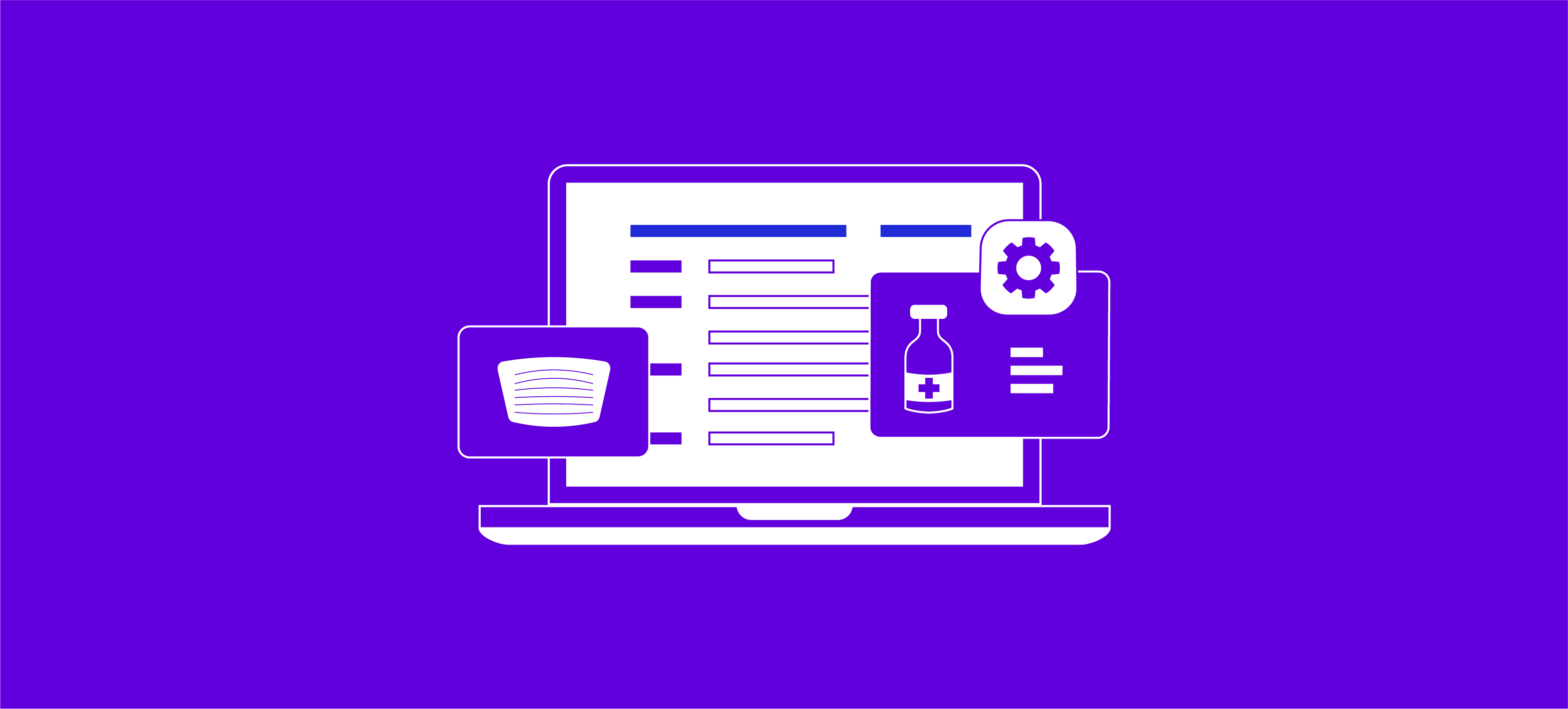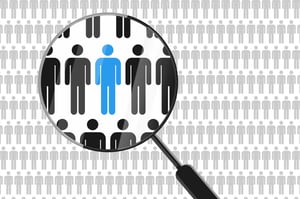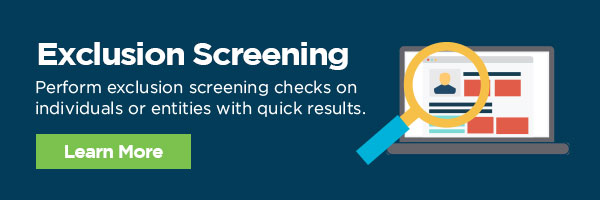Why Perform Exclusion Screening? | symplr


 Protecting against hiring or doing business with excluded or debarred individuals or entities is a must for any healthcare organization. Failing to determine exclusion status can result in hefty civil monetary penalties for your organization. Exclusion screening offers this protection, enabling screening that establishes a provider’s eligibility to treat patients and receive payments from federal and state health plans.
Protecting against hiring or doing business with excluded or debarred individuals or entities is a must for any healthcare organization. Failing to determine exclusion status can result in hefty civil monetary penalties for your organization. Exclusion screening offers this protection, enabling screening that establishes a provider’s eligibility to treat patients and receive payments from federal and state health plans.
Here we will discuss what’s behind exclusion screening and why healthcare organizations need to screen.
What contributes to exclusion from federal healthcare programs?
There are several reasons an individual or entity may be excluded; examples include participating in federal healthcare program fraud, patient abuse or neglect and substance abuse. In addition, an exclusion can be triggered by adverse action by a state licensing board or failure to repay a Health Education assistance loan. Also, individuals controlling a sanctioned entity and entities controlled by a sanctioned individual can also be excluded.
The main consequence of exclusion is that the excluded individual or entity is barred from working in a healthcare facility if the employer accepts payments from a federal healthcare program. Patient care providers are not the only ones who can face exclusion. Individuals providing direct patient care can also be excluded from working in a healthcare facility, in roles ranging from food preparation and facility maintenance to any type of clinical or administrative position.
How frequently to screen?
Monthly exclusion screening for all currently employed individuals and entities is now standard for the industry. In addition, screening should occur as a part of the hiring process.
Who should be screened?
When determining who should be screened, the latest guidance states that those who have both direct and indirect patient contact should be screened, including anyone supplying goods or services.
Beyond screening practitioners, healthcare providers must consider whether to screen for hospital volunteers and professionals in training (for example, nursing students). It is highly recommended that screening be performed even if the provider is not receiving federal healthcare dollars.
What exclusion lists to check?
The best protection against working with excluded individuals or entities includes searching a host of federal and state exclusion lists. The OIG (Office of the Inspector General)’s List of Excluded Individuals and Entities (LEIE) is the main exclusion list. However, healthcare employers are wise to utilize the System for Award Management (SAM) database and the 34 state Medicaid exclusion lists. Using exclusion screening helps healthcare organizations ensure patient safety and enhance compliance.
Exclusion screening allows your organization to:
- Perform exclusion screening checks on individuals or entities with quick results
- Compare providers in your database with those listed in the OIG, SAM, and state Medicaid databases
- Identify providers who are excluded from providing services and billing to Medicare and Medicaid patients
- Dismiss or confirm potential matches for individuals or institutions within minutes
You wouldn’t want to place your organization at risk. Find out about how exclusion screening software can enhance your provider credentialing process.
Sources:
https://oig.hhs.gov/exclusions/background.asp Accessed July 1, 2017
http://www.oigexclusionlist.com/post/49006051768/using-the-sam-database
With Cactus Exclusion Screening, you can compare providers in your Cactus database with those listed in the OIG, SAM, and state Medicaid database. Our exclusion screening solution allows you to compare providers easily to identify excluded or debarred individuals or entities. Learn more about our exclusion screening solution at www.symplr.com/products/symplr-provider or schedule a demo at sales@symplr.com.
